Non Obstructive Coronary Artery Disease
Non obstructive coronary artery disease. The death rate increased incrementally from calcified plaque 14 to mixed plaque 33 to noncalcified plaque 96 as well as from single- to triple-vessel disease p. The following are key points about nonobstructive coronary artery disease in women. Among other roles the endothelium or membrane lining the arteries releases substances that.
The death rate of patients with nonobstructive CAD was 31 34 deaths. Presence of non-obstructive coronary artery disease CAD is associated with increased prescription of cardiovascular preventive medications including aspirin. We aimed to develop a risk prediction model for non-obstructive CAD patients for risk stratification and guidance of statin and aspirin therapy.
The nonobstructive CAD is more common among women than men. Nonobstructive CAD occurs when those deposits do not obstruct the blood flow to the heart. In a registry of nearly 400 000 patients undergoing invasive coronary angiography approx-imately 40 had Non-Obstructive Coronary Artery Disease a diagnosis often referred to as NOCAD.
A normal CTCA could be associated with extremely low risk of MACE over the first year after the initial imaging whereas non-significant obstruction in coronary arteries may be associated with a slightly higher risk of MACE. In a registry of nearly 400 000 patients undergoing invasive coronary angiography approximately 40 had Non-Obstructive Coronary Artery Disease a diagnosis often referred to as NOCAD1 NOCAD is associated with worse healthcare outcomes and higher economical costs than previously appreciated2 This umbrella term encompasses a broad range of cardiac. Doctors may diagnose you with one or more of these conditions.
An increasing number of stable patients with evidence of ischemia but no obstructive coronary artery disease CAD at coronary angiography now termed INOCA are seen. 1 NOCAD is associated with worse healthcare outcomes and higher economical costs than previ-. However the association between aspirin therapy with all-cause mortality and coronary revascularization in this.
Of these patients up to 50 are diagnosed with coronary microvascular dysfunction CMD which refers to pathologic changes within the small vessels of the coronary circulation. A case report of myocardial infarction with non-obstructive coronary artery disease. There was no correlation found between the number of involved coronary arteries and the prevalence of MACE P 057.
A large proportion of patients up to 70 undergoing coronary angiography because of angina and evidence of myocardial ischemia do not have obstructive coronary arteries but have demonstrable ischemia ie INOCA. CAD is the leading cause of death in the United States in both men and women.
Emerging data suggest that nonobstructive CAD is associated with increased risk for cardiovascular disease events.
There was no correlation found between the number of involved coronary arteries and the prevalence of MACE P 057. However the association between aspirin therapy with all-cause mortality and coronary revascularization in this. Among other roles the endothelium or membrane lining the arteries releases substances that. CAD is the leading cause of death in the United States in both men and women. Consistent with standard definitions of flow-limiting stenoses 18-20 nonobstructive CAD was defined as a coronary artery stenosis 20 or greater but less than 50 in the left main coronary artery or a stenosis 20 or greater but less than 70 in any other epicardial coronary artery as recorded by the clinician in the catheterization report. In a registry of nearly 400 000 patients undergoing invasive coronary angiography approximately 40 had Non-Obstructive Coronary Artery Disease a diagnosis often referred to as NOCAD1 NOCAD is associated with worse healthcare outcomes and higher economical costs than previously appreciated2 This umbrella term encompasses a broad range of cardiac. In a registry of nearly 400 000 patients undergoing invasive coronary angiography approx-imately 40 had Non-Obstructive Coronary Artery Disease a diagnosis often referred to as NOCAD. The nonobstructive CAD is more common among women than men. Of these patients up to 50 are diagnosed with coronary microvascular dysfunction CMD which refers to pathologic changes within the small vessels of the coronary circulation.
Given the potential benefit of medical therapy in patients with non-obstructive coronary artery disease CAD there is a need for risk stratification and treatment strategy for these patients. The presence of nonobstructive coronary artery disease CAD among patients with heart failure with reduced left ventricular ejection fraction was associated with an increased risk for cardiovascular death CV or CV hospitalization as well as an increased risk for all-cause mortality compared with similar patients with no apparent CAD according to study results published in JACC. The following are key points about nonobstructive coronary artery disease in women. A large proportion of patients up to 70 undergoing coronary angiography because of angina and evidence of myocardial ischemia do not have obstructive coronary arteries but have demonstrable ischemia ie INOCA. A case report of myocardial infarction with non-obstructive coronary artery disease. Non-obstructive coronary disease includes four distinct problems with the hearts arteries. In a registry of nearly 400 000 patients undergoing invasive coronary angiography approx-imately 40 had Non-Obstructive Coronary Artery Disease a diagnosis often referred to as NOCAD.






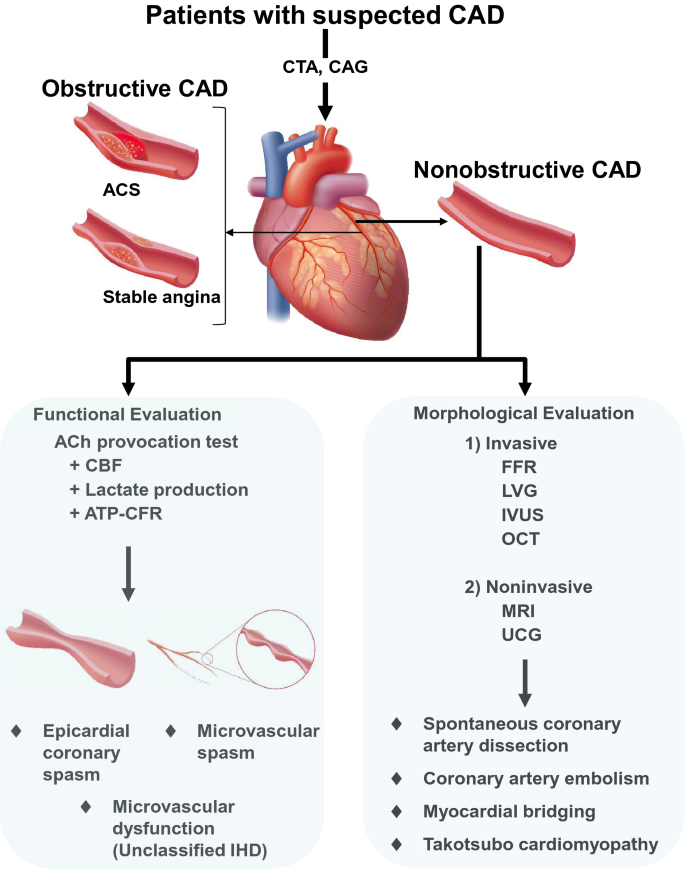


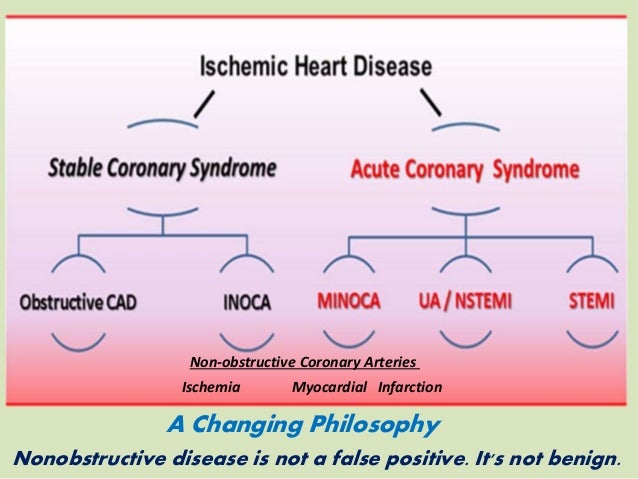



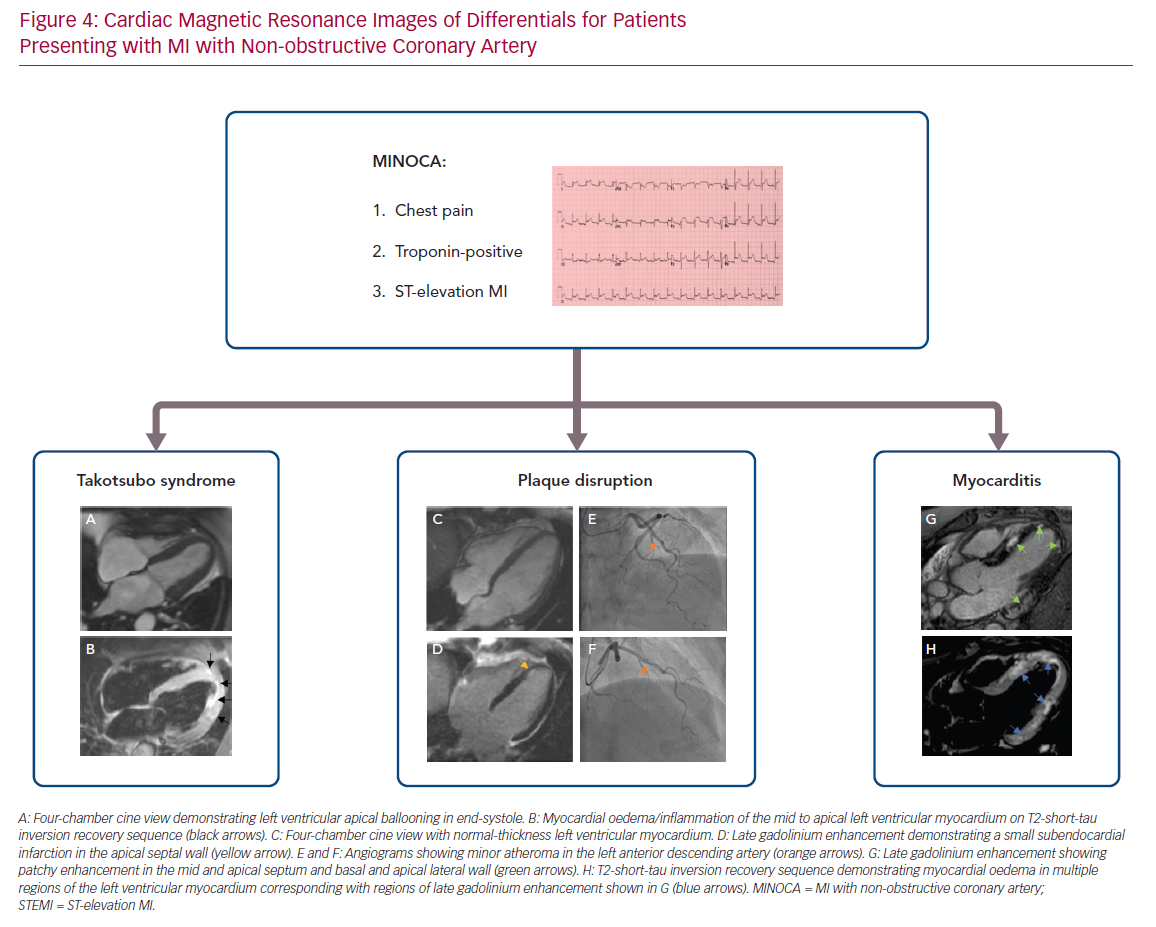

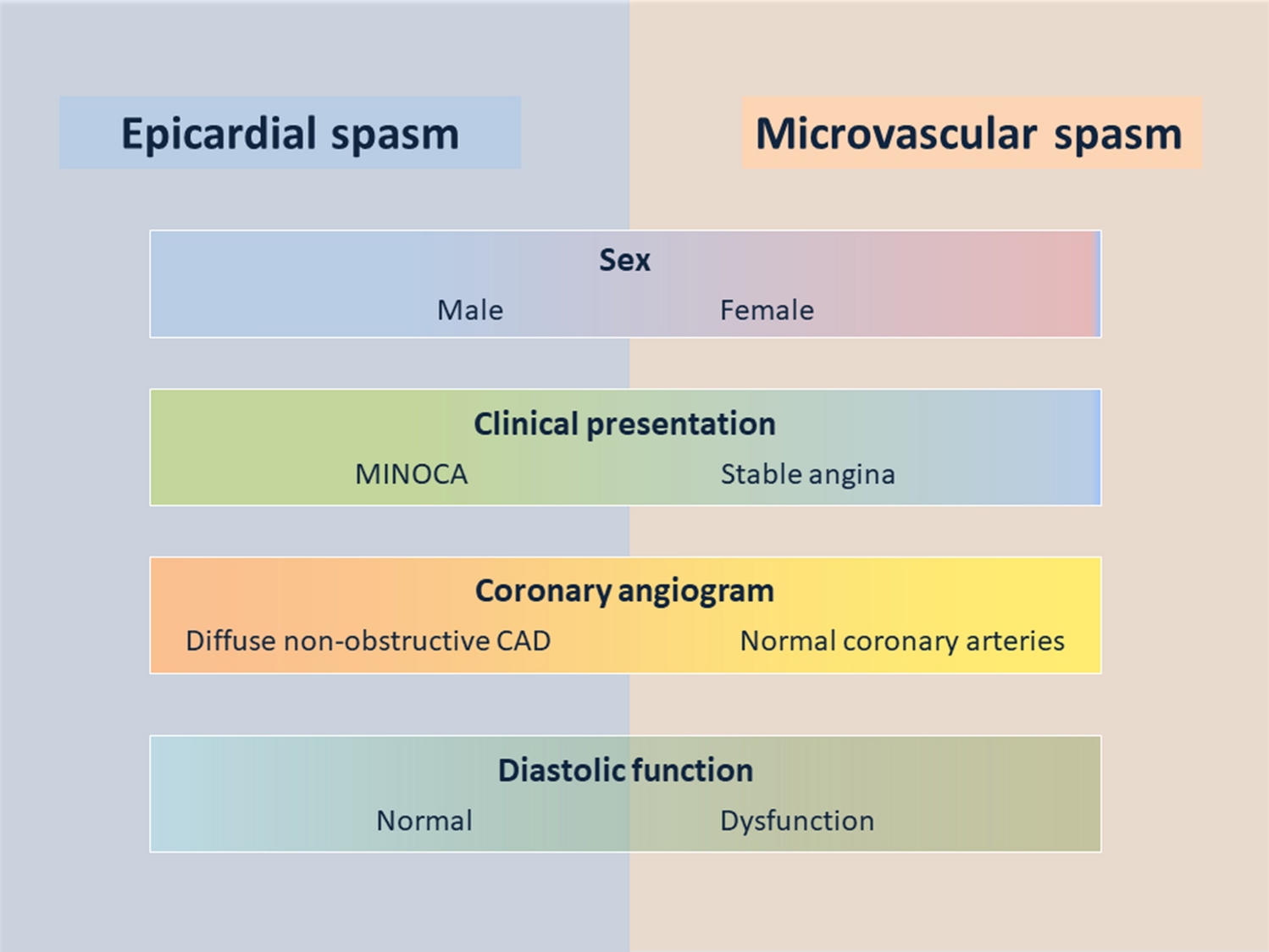









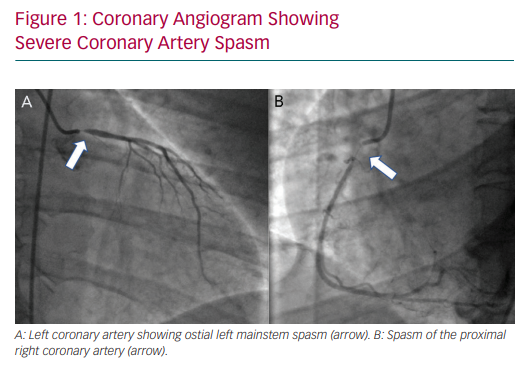

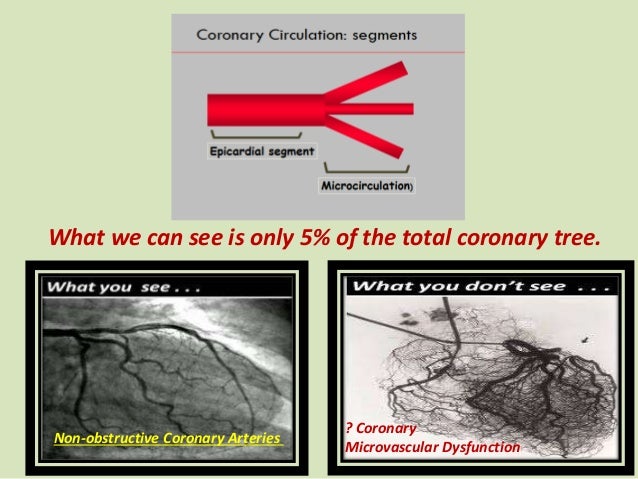

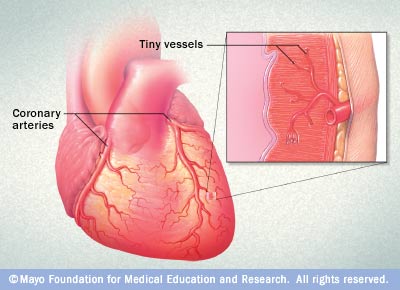
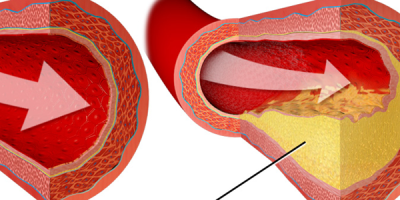




33451-5.fp.png)

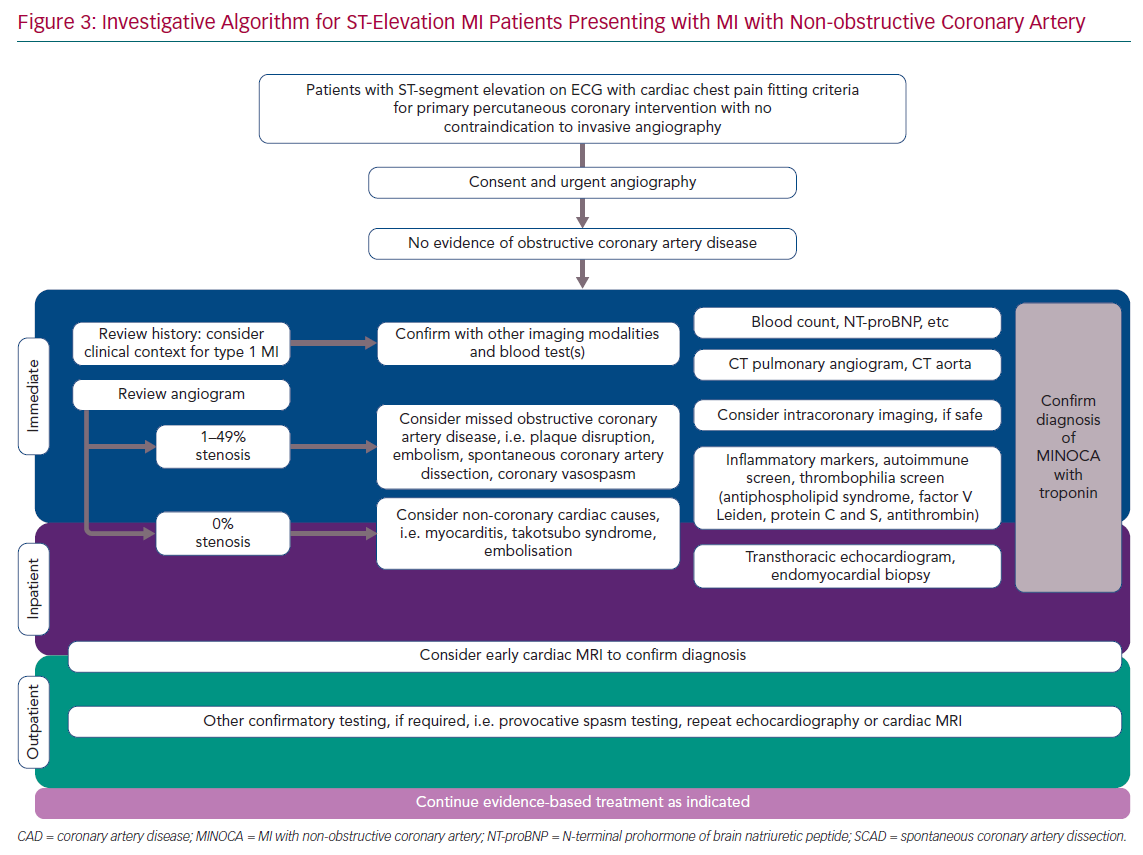


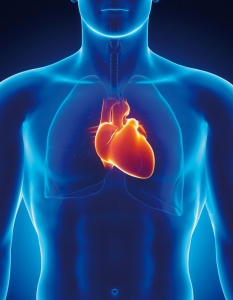



Post a Comment for "Non Obstructive Coronary Artery Disease"